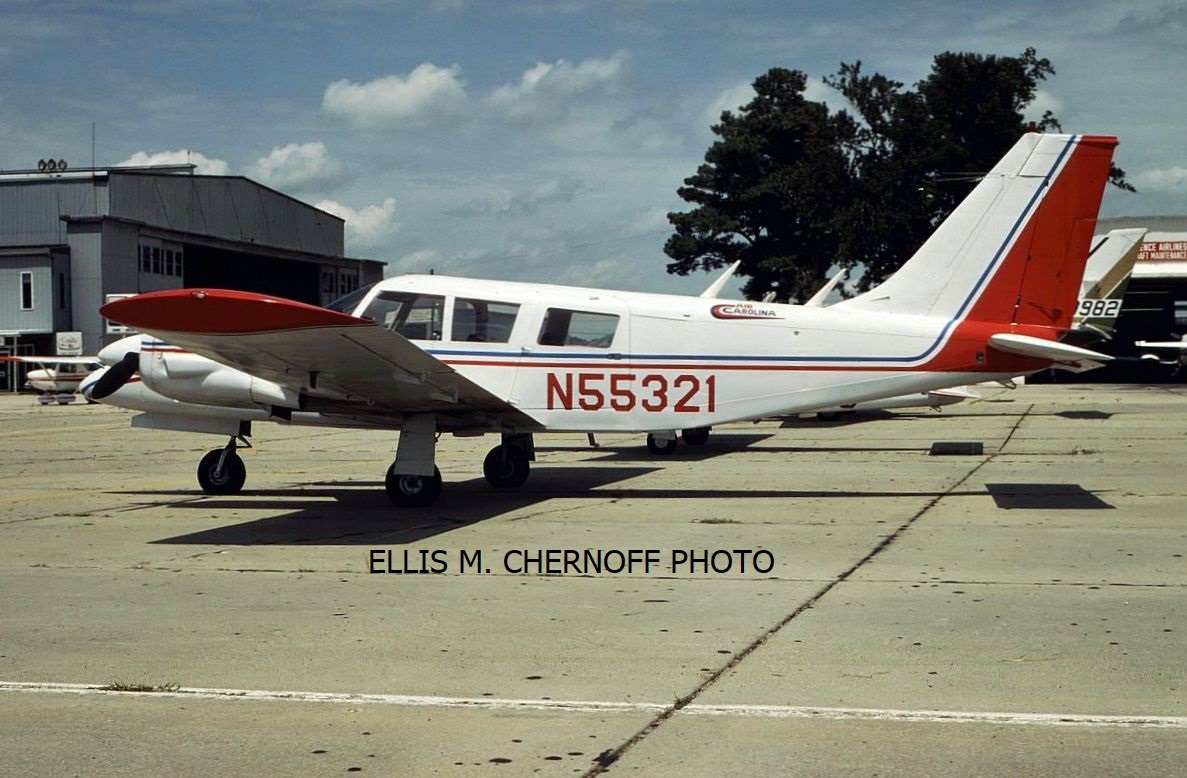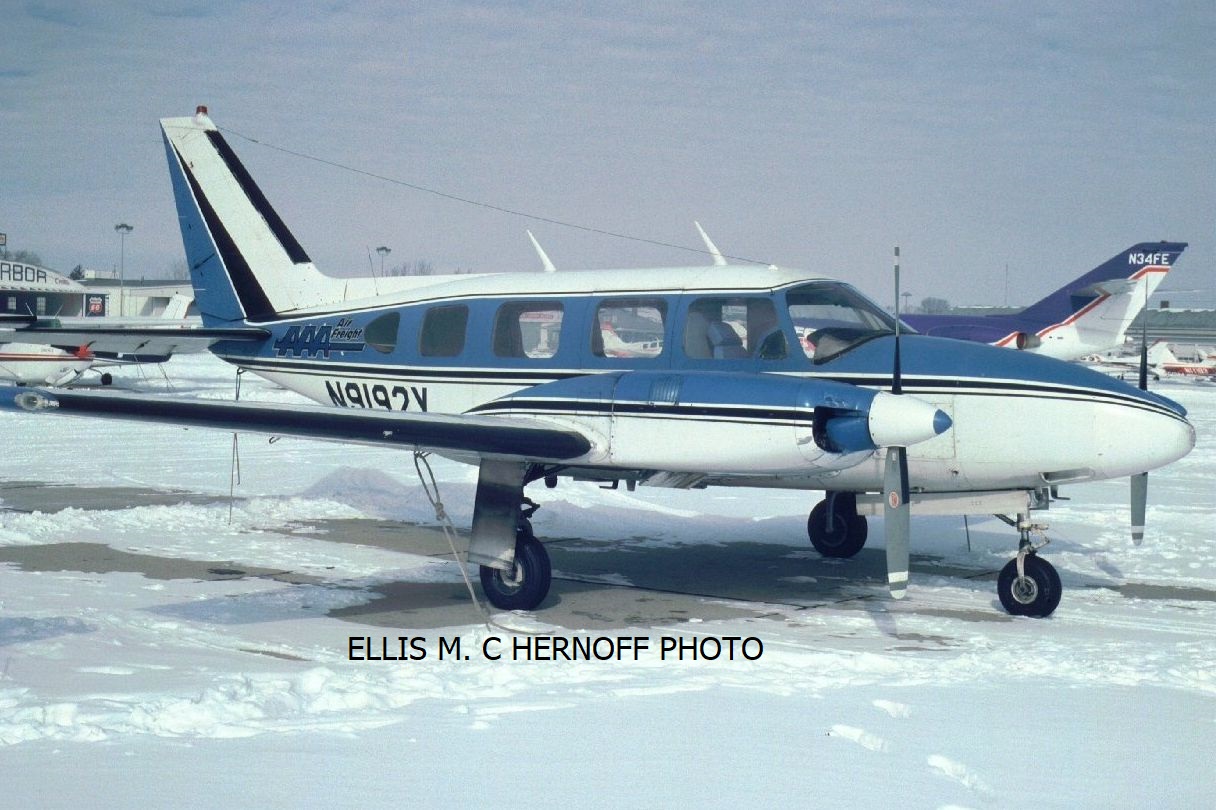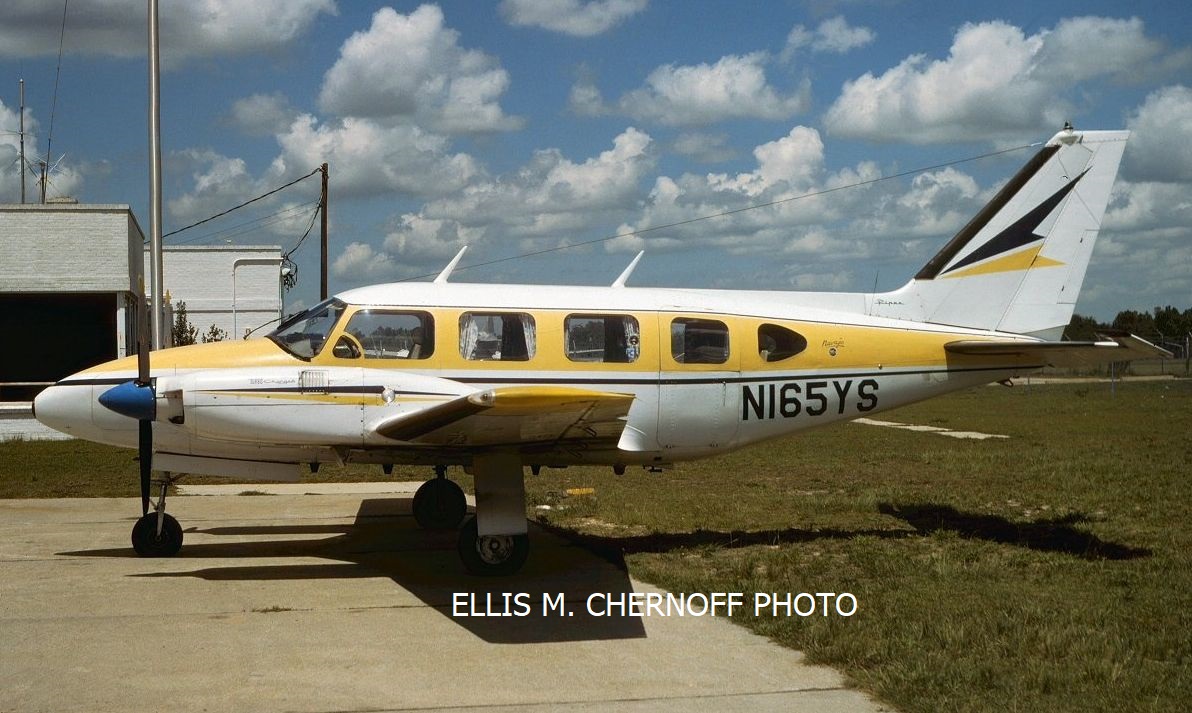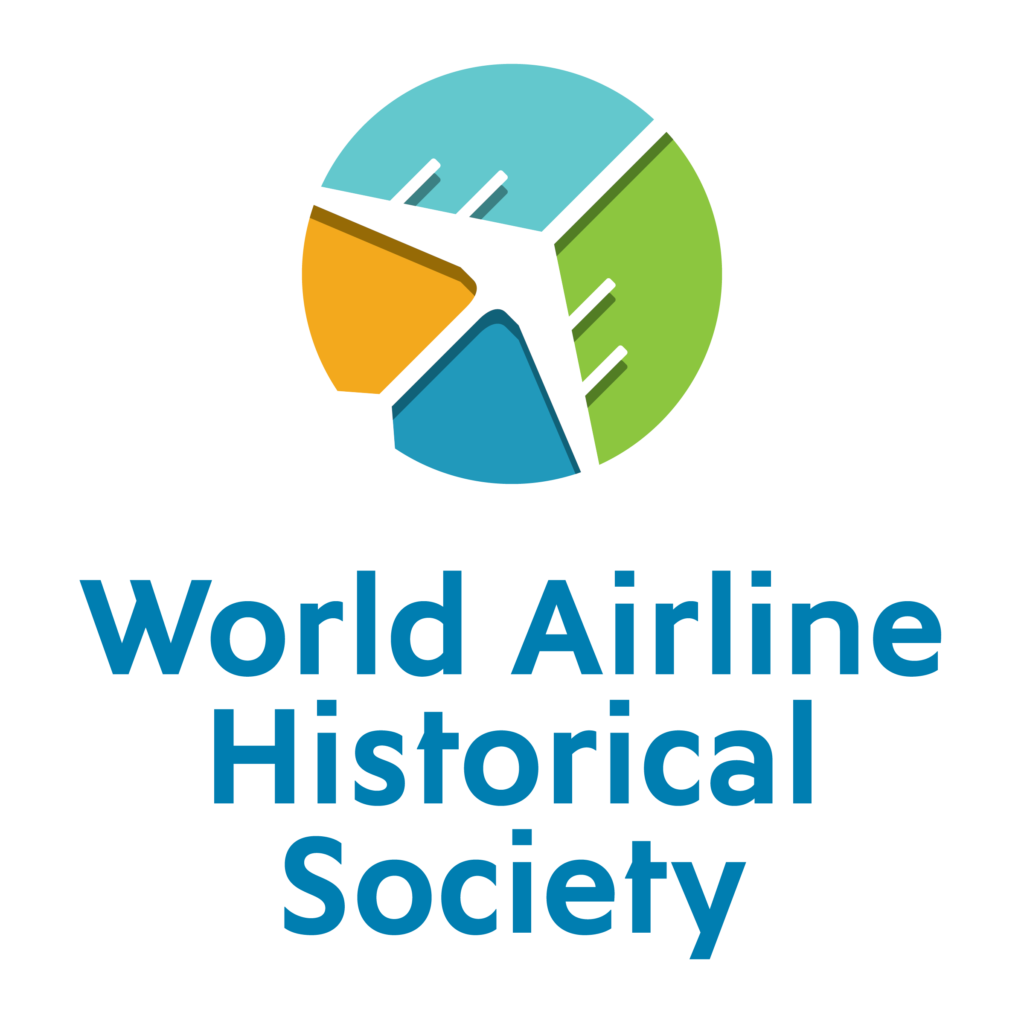Air Carolina,Airline,Charlotte,commuter,connecting flight,connection,Eastern Air Lines,flight,Florence,Hickory
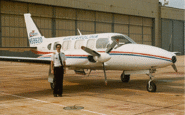
EARLY CODESHARE
Air Carolina, Part 2
By Ellis M. Chernoff
All Photos by the Author
Air Carolina, along with a number of other “Commuter Airlines”, entered into marketing agreements with major trunk air carriers. While some adopted the branding of the major, such as Allegheny, others retained their independent identity. Air Carolina offered ticketing and baggage on connections with all of the carriers operating at Charlotte Douglas Airport (CLT), but the closest relationship was with Eastern Airlines. Over ninety percent of Air Carolina’s passengers would be making connections with Eastern.
At the time, Eastern operated five banks of flights to and from major cities from a regional hub at CLT. Oddly enough, these arrival and departure times dictated the published schedules of Air Carolina flights from Florence, S.C., and Hickory, N.C. The minimum connection times for a published connecting flight was 30 minutes. Therefore, the Air Carolina flight must be scheduled to arrive 30 minutes before the first departing Eastern Airlines flight. Likewise, the Air Carolina departure from CLT had to allow for 30 minutes after the last arrival of the Eastern flights. As a result, the published flight times had nothing to do with the actual flying time between the outstations and Charlotte!
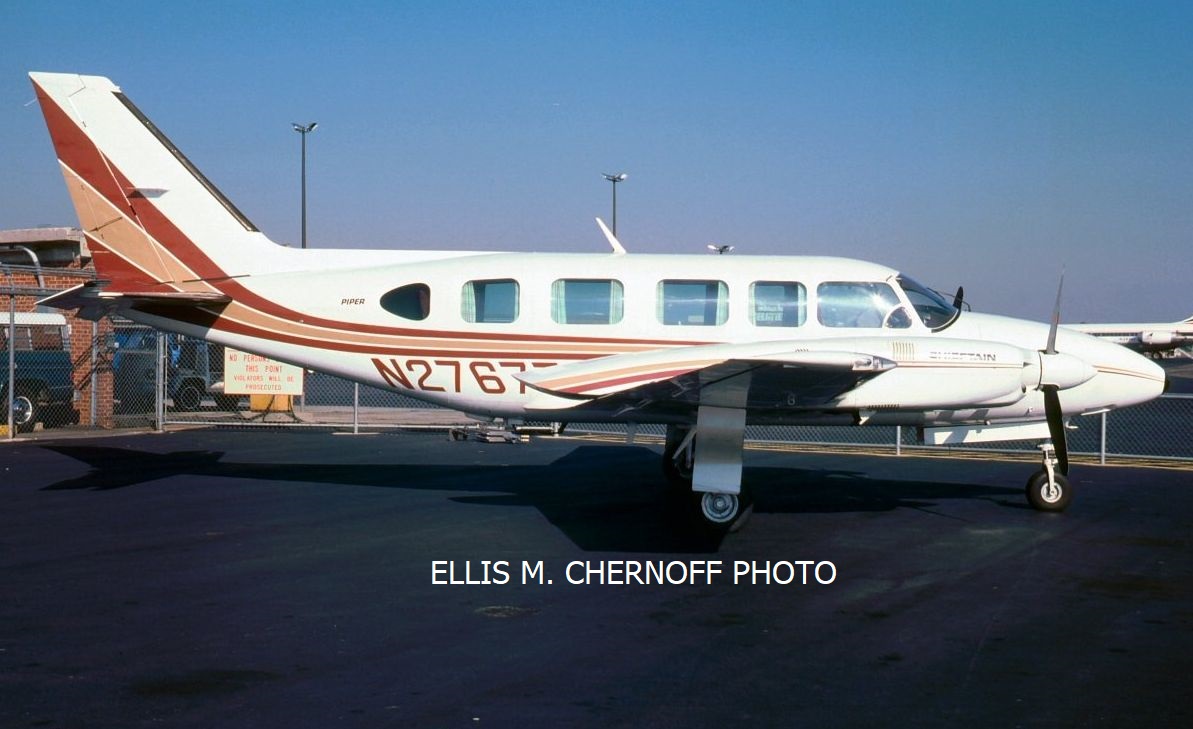
At the time I worked there, the Air Carolina fleet consisted of PA-31-350 Chieftains, PA-31-310 Navajos, a PA-23-250 Aztec F, a PA-34-200 Seneca I, PA-32-260 Cherokee Six’s, a PA-28R-200 Arrow, and a PA-28-180 Warrior. Later a BN-2A Islander was added.
There was no internet back in the 1970s, so telephones were used in the reservation department. Reservations for each flight were handwritten on pages in 3-ring binders. The “reservation center” consisted of a small room in the hangar with a large glass window that looked like a fishbowl. We had four ladies who took the calls and booked the seats in the binders located on a lazy susan. Usually, two or three reservations agents were on duty at any given time.
The agents could book 21 confirmed seats on the five daily departures and return flights from Florence. I recall the planes had a capacity of between three and nine passengers, depending upon the type. For each flight, there would be a lead pilot, several backup pilots standing by, and a mix of available planes. The lead pilot would have to determine which plane, or planes, would be used depending upon the reservations in each direction and the passengers who would show up. If a full twenty-one passengers were expected out of Florence, the first plane to be loaded and dispatched would hold the fewest number of seats and be the slowest. The Piper Warrior might go, followed by two Chieftains. If only 10 passengers were booked in both directions, two five-seat planes or one eight-seater plus a three-seater might go.
All of this made an appearance of a flying circus to the uninitiated passenger. Not only did each of the pilots need to be qualified and capable of flying any plane in the fleet, but they also had to load and unload the baggage and passengers personally. All flights were flown single-pilot, and the FAR 135 rules dictated duty and rest hours as well as weather criteria en route and at the destination, that was more restrictive than the general FAR 91 rules. There were times when no passengers could be carried, due to the weather, but the flights would position for the next scheduled leg. Hopefully, the weather would improve to allow a revenue flight.
Gate agents were only employed at Florence and Hickory. In Charlotte, the pilots manned the ticket counter, selling and pulling tickets, tagging baggage or receiving interline transfer bags, making PA announcements, and escorting the passengers to the plane. Again, for the initiated, seeing the “ticket agent” jumping into the pilot seat must have been a surprise. The Charlotte counter also had a telephone, but it was locked up and unmanned between flights. The company also maintained a P.O. Box at the Charlotte airport.
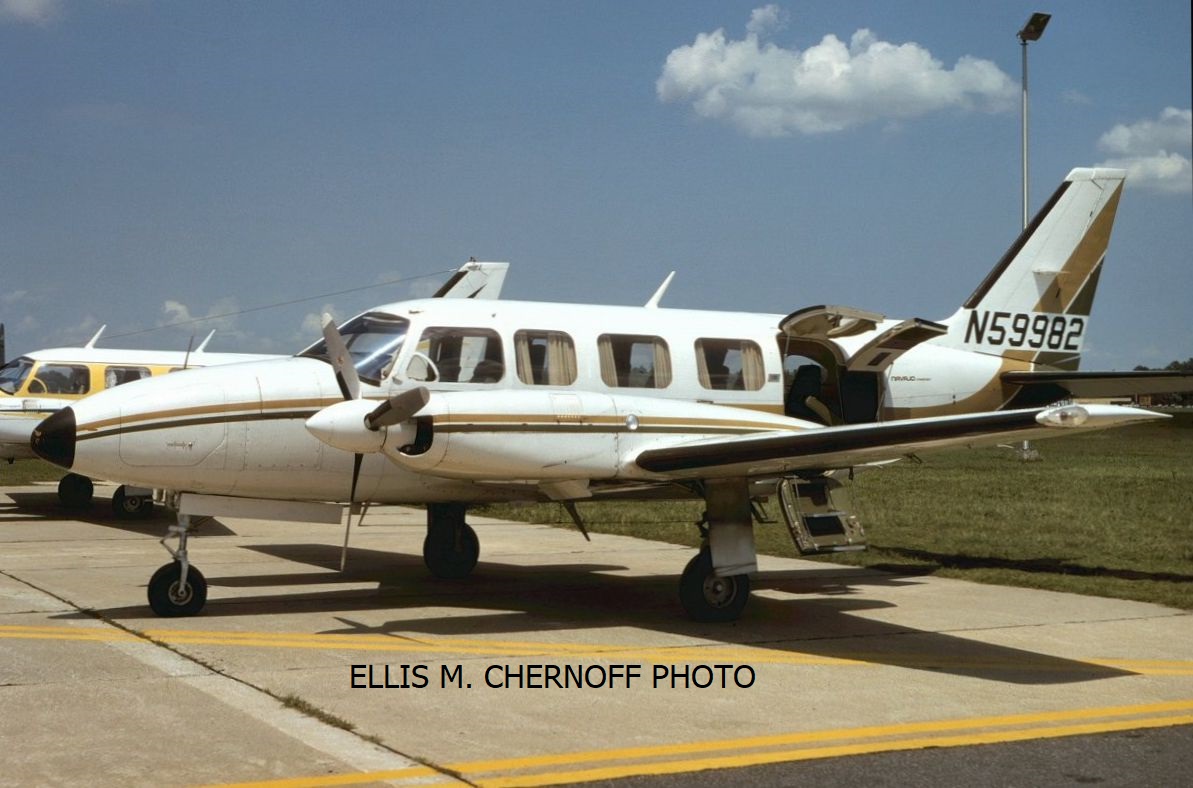
Flights were generally operated under Visual Flight Rules (VFR). At the time, neither Florence nor Hickory had radar for their approach control. En route, ATC did not have radar coverage below about 7,000 feet. While an Instrument Flight Rules (IFR) operation was allowable, it could result in more than doubling the block-to-block time and result in many passengers missing their connecting flights. Therefore, instrument clearances were only obtained when necessary. During many months, thunderstorms prevailed in the Carolinas, and a great deal of experience and expertise was gained visually dodging showers and severe conditions. Only a few of the planes had weather radar. We learned to correlate the radar displayed conditions with what we could observe out of the windscreen. This valuable experience would stand me in good stead throughout my future career. One time, I flew a load of passengers through a hundred miles of tornado warning safely and didn’t even know about the severe weather alert.
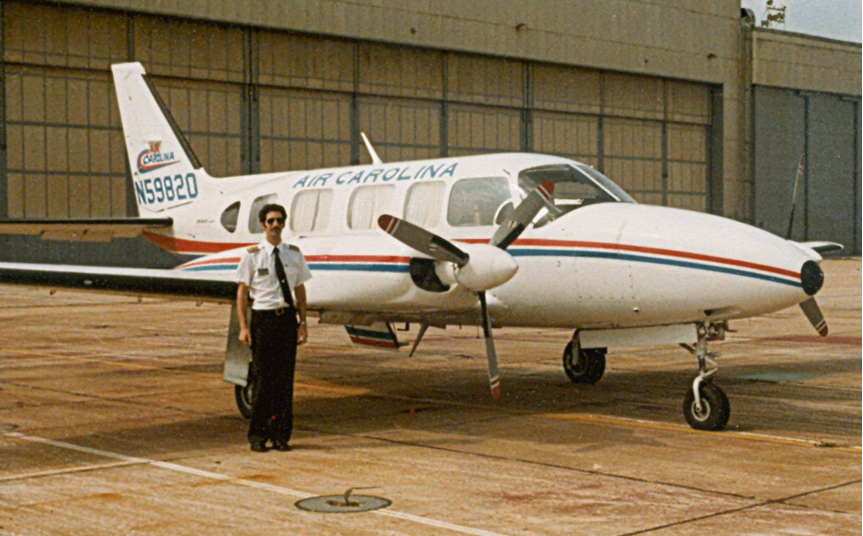
Hired in Sept 1977, this was his first FAR Part 135 job after graduation.
During my time at Air Carolina, I endeavored to improve several aspects of the operation. As I described the weight and balance process in Part 1, I considered this totally bogus. This, combined with the standard fuel loading in practice with what I arrived at, resulted in nearly every flight departing significantly overloaded. To reduce the exposure to overloading, I examined the actual fuel consumption and requirements to reduce the fuel burden when conditions were favorable to operating with minimum fuel. In addition, I produced a series of standard passenger and baggage loading schedules for each individual plane in the fleet.
Another technical aspect that I addressed was engine operation. In aviation, a long-standing practice was for someone to “check you out” in an unfamiliar type. This type of training could result in “rules of thumb” and “procedures” that differed from what was specified by the engine and airplane manufacturer. I obtained my own set of manuals and other documents from the sources and found many of the power settings being used were incorrect. Correct and precise operation of advanced engines, such as the Lycoming TIO-J2BD in the Chieftain, was necessary not only to achieve optimum fuel economy but also service life of the components.
Many owners and operators of these engines, even today, think the way they operate them is more conservative. In truth, running them too rich and too cool can have a detrimental effect on the turbochargers and associated components. Having all of our pilots operate the engines exactly the same way, and as prescribed by Lycoming, resulted in excellent reliability. I could tell just by observing the color of the exhaust pipe if the engine was being operated correctly. The spark plugs rarely fouled, and we had no misbehaving engines.
Previously, I mentioned the ticket counter at the Charlotte airport. Ours was a small counter situated with those of Piedmont, Southern, United, and Delta. Once, a customer approached me at the counter and asked, “When is your flight from Frankfurt arriving?” I said, “We only fly to Florence and Hickory.” No flights were arriving at this airport from Europe. This was an example of one of the many times we were perceived as the central information counter. It was amusing as Air Carolina and Wheeler Airlines were two tiny local commuter lines.
On another occasion, I had a couple of customers in line purchasing tickets. A third gentleman was in line, and when it was his turn to be served, he started by grabbing me by my necktie and accusing me of being rude to him. He left the counter in a huff and went to Avis to rent a car instead of taking our flight. He filed a complaint with my employer and I was called on the carpet to answer. What we concluded was the man’s company had sent him on this trip and booked him with the connection from an Eastern flight. There was no way he wanted to ride on a small plane with a young single pilot. By making a scene and complaining, he could justify the expense of the rental car to his employer.
Stay tuned for Part 3, Flying the line for Air Carolina.


